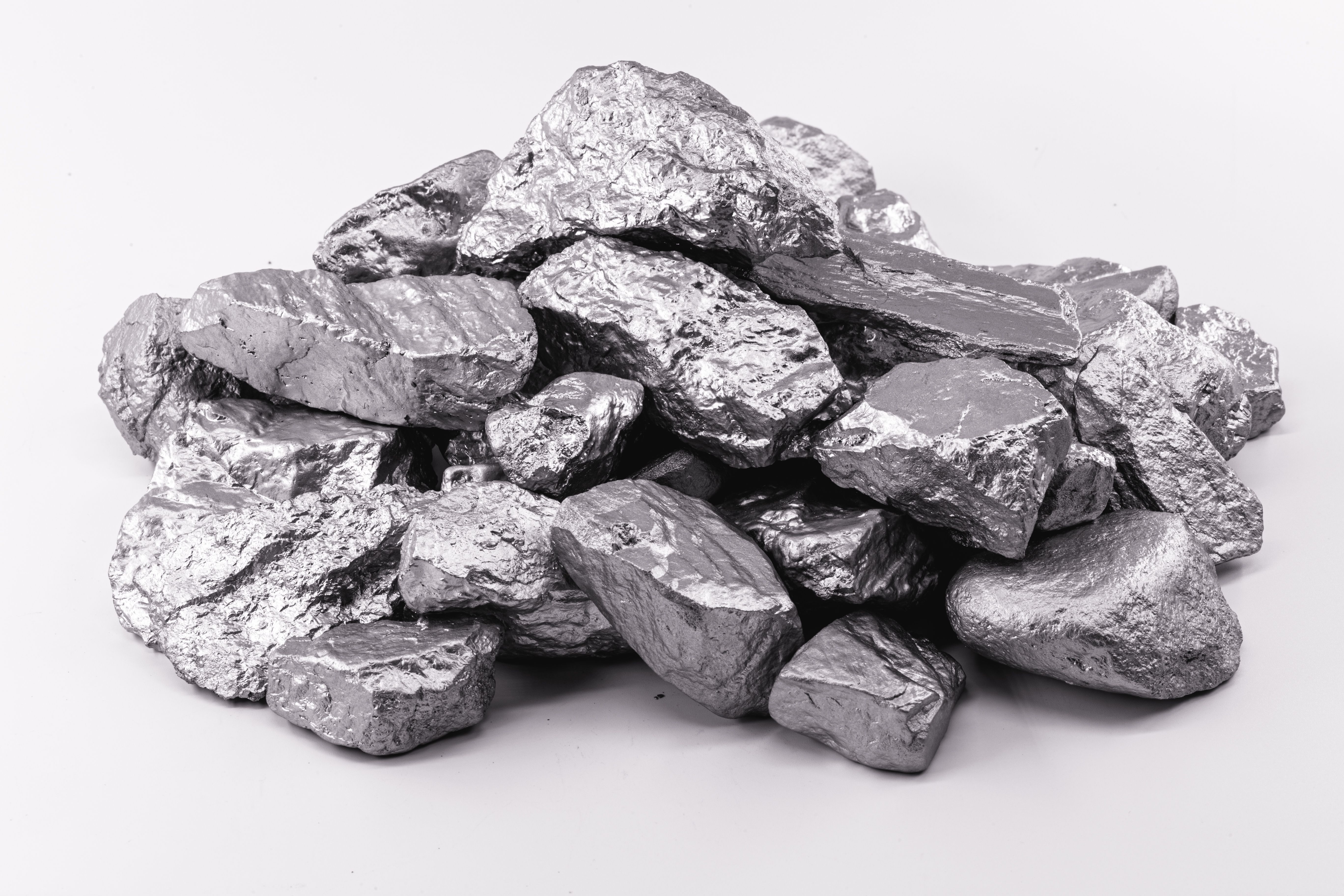Using LIBS To Gain New Insights into Plasma-Facing Component Analysis in Fusion Devices
A recent study shows how the LIBS approach can be used to measure the magnetic field near the surface of plasma-facing components (PFCs).
In a recent study published in Spectrochimica Acta Part B: Atomic Spectroscopy, researchers used laser-induced breakdown spectroscopy (LIBS) to study the effects of the magnetic fields of laser-induced molybdenum (Mo) plasma (1).
Molybdenite (Portugal) / molybdenite (Brazil) is a molybdenum disulfide mineral, with the chemical formula MoS2 | Image Credit: © RHJ - stock.adobe.com

LIBS has been routinely used in diagnosing the surface element distribution of plasma-facing components (PFCs) in fusion devices, providing data for optimizing (1). However, a recurring problem has been the fluctuating magnetic field near the wall surface, which impacts the accuracy of LIBS results.
In this study, the research team examined the interaction between magnetic fields and laser-induced Mo plasma. The researchers found the ablation depth and mass of Mo targets under different magnetic field strengths in a vacuum remained consistent, a crucial factor for in situ quantitative analysis using LIBS (1). This observation opens the door for more accurate and reliable analysis of PFCs, which are vital for the successful operation of fusion devices.
Meanwhile, the temporal evolution behavior of the Mo spectrum provided insights into the interplay between magnetic fields and plasma (1). Continuum radiation was found to be unaffected by the magnetic field in the early stages of plasma formation because of the dominance of laser-plasma pressure over magnetic pressure. However, a clear confinement effect of the magnetic field emerged at later stages, notably after 100 ns (1). This finding enriches our understanding of plasma dynamics in the presence of magnetic fields.
The researchers also used LIBS to determine the polarity of the magnetic field near the PFC surface (1). They distinguished the polarity of the magnetic field by examining the drift of the Mo spectrum, in conjunction with the direction of Lorentz force under the electric and magnetic fields. Using this technique was beneficial for several reasons: for one, it offered a real-time measurement approach for the distribution of magnetic fields near the PFC surface. For two, the technique saw the realization of essential information for fusion device operators (1).
The study also delved into Zeeman splitting, observing this phenomenon for the Mo I 553.30-nm line at a specific delay time (1). The experimental values obtained for Zeeman splitting aligned well with theoretical values, further confirming the feasibility of real-time measurement of unknown magnetic field strength on the wall surface.
Much work could be further done in this field. For example, one way to improve the accuracy and detection limit of magnetic field measurements to by enhancing detector performance and establishing a spectral lines model based on Zeeman splitting. Future study in this field will most likely concentrate on that.
Fusion energy is a clean energy source, so it should be no surprise that researchers are looking closely at ways to use it to build a more sustainable future. This study provides researchers information that can help them further realize this objective. The observations and conclusions from this study could be used to help optimize plasma-facing components in fusion devices.
Reference
(1) Wu, H.; Wu, D.; Li, C.; Liu, S.; Hu, Z.; Li, Y.; Wang, X.; Bai, X.; Hai, R.; Ding, H. An approach for measurement of the magnetic field near the surface of plasma-facing components in tokamak by laser induced breakdown spectroscopy based on Zeeman effect. Spectrochimica Acta Part B: At. Spectrosc. 2023, 207, 106755. DOI: 10.1016/j.sab.2023.106755
Laser Ablation Molecular Isotopic Spectrometry: A New Dimension of LIBS
July 5th 2012Part of a new podcast series presented in collaboration with the Federation of Analytical Chemistry and Spectroscopy Societies (FACSS), in connection with SciX 2012 — the Great Scientific Exchange, the North American conference (39th Annual) of FACSS.